After-Hours Tour of the Fraunces Tavern Museum: "Path to Liberty"
Explore a new exhibit inside the oldest building in Manhattan, a witness to history throughout the Revolutionary War Era!


Fort Tilden is located in the Rockaways in Queens County and is part of the Gateway National Recreation Area. It is known for its natural beach and biking trails, tucked away on the Rockaway Peninsula. But less is known of its rich militaristic history during World War I and II and the Cold War, or of the thriving arts and recreational activities in Fort Tilden today. Keep reading to discover the top 10 secrets of Fort Tilden State Park, from its abandoned buildings to its namesake, Samuel J. Tilden.
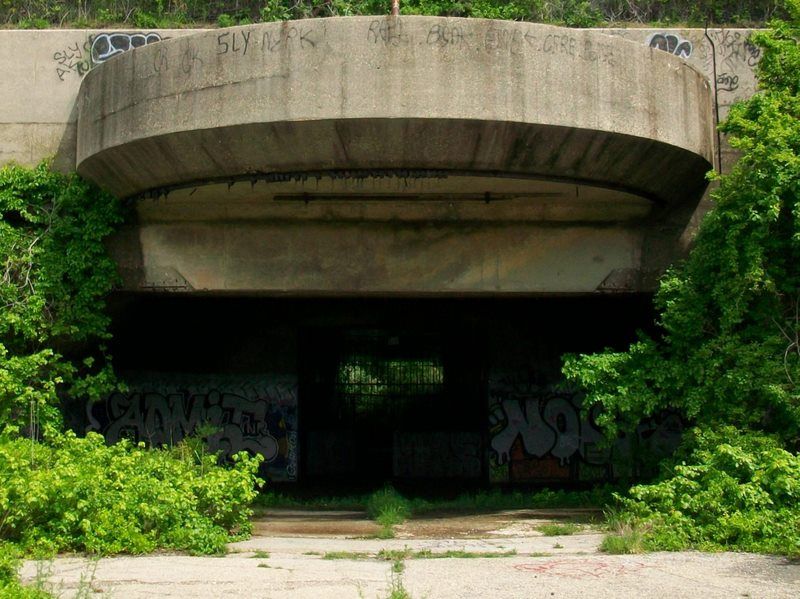
The Rockaway peninsula’s first temporary system of defense was a blockhouse built during the War of 1812. But emergency war fortifications were not built until over a century later in 1917. During World War I, emergency military fortifications were built on Fort Tilden on the recommendations of the Taft Board, named after Defense Secretary William Taft. The Taft era of defense began in 1907 and was marked by the use of electric lights, motorized ammunition hoists, searchlights, and telephone communications.
In 1917, Congress approved three sites in the United States, including Fort Tilden to receive 16-inch guns, 39 foot long (35 caliber), 284,000 pound guns that were in place on Battery Harris East and Battery Harris West to protect the entrance to New York harbor until the end of World War II. Installed in 1924, these were the “largest guns used in seacoast defenses,” according to the National Park Service.
The majority of the buildings at Fort Tilden, about 90 new ones, were built during the WPA era in the 1930s and early ’40s as World War II approached. In addition, Battery Harris was encased in concrete in 1941. Of note, describes the National Park Service, “there was an overhead trolley system on rails hanging from the new ceilings could transport the heavy artillery shells to the guns.” You can see a full list of the impressive armaments that were installed over the years and where they are today on this website.
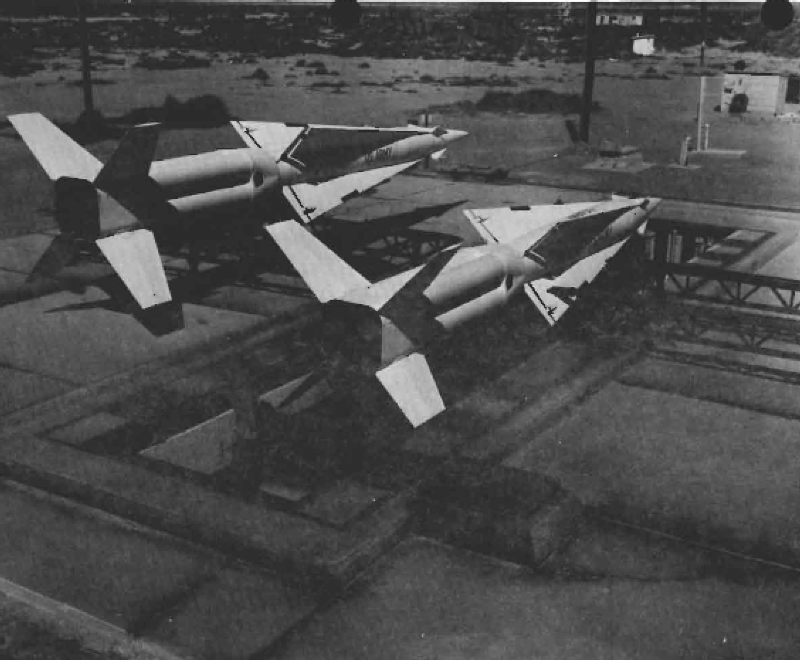
The Fort Tilden military base was also very active during the Cold War. During the height, the fort was home to powerful surface-to-air missiles, replacing the anti-aircraft guns which were deemed insufficient against jet fighter airplanes. During the mid-1950s, Fort Tilden was equipped with Nike Ajax Missiles, which could fire at and destroy a target from 30 miles away. By 1959, the Nike Ajax Missiles were being replaced by the Nike Hercules Missiles, a missile that could carry a warhead and could shoot over 96 miles. Both were stored in underground silos, but this area of the beach is mostly inaccessible today. The Hercules missiles were the first line of defense on Fort Tilden until they were disarmed in compliance with the 1974 SALT Treaty with the Soviet Union.
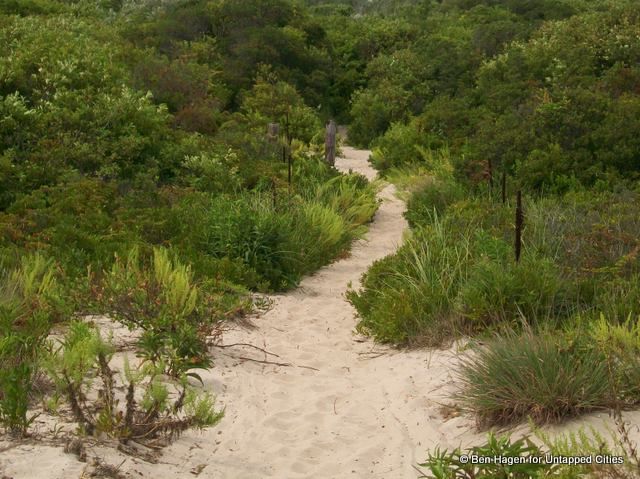
The hidden beach at Fort Tilden is probably one of New York’s best-kept secrets, due to its remote location. As we described previously, Fort Tilden lies along a “stretch of coastal dunes and near-deserted beaches, slowly being reclaimed nature and making for one of the most captivating shorelines in the city.” But when you get there, don’t expect to find a lifeguard on duty. If the thought of a beach with no lifeguard doesn’t scare you, be prepared to enjoy the seemingly untouched piece of land perfect for swimming (carefully), walking and fishing.
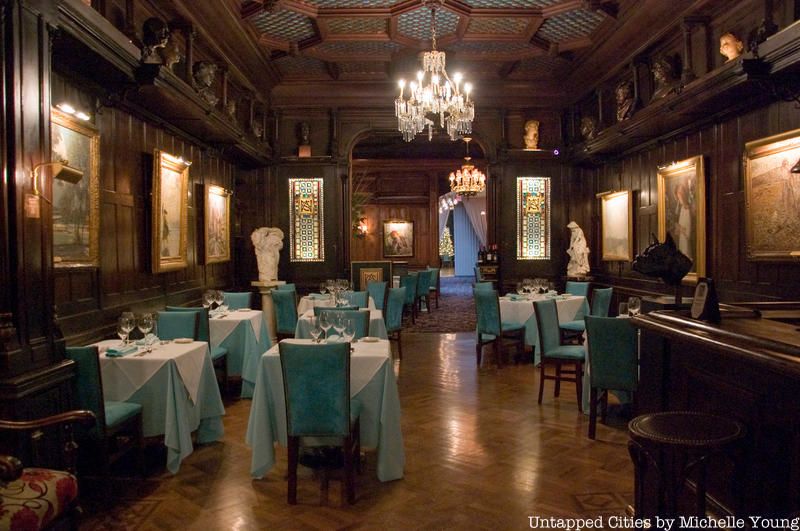
Fort Tilden’s namesake was Samuel J. Tilden, the former 25th governor of New York. Tilden lived in a mansion on Gramercy Park, now home to the National Arts Club. At the end of his life, Tilden had amassed a fortune of about $7 million, which is estimated to be about $176 million in 2014 dollars. He set aside $4 million for the building and maintenance of a free public library in New York City. The amount of money set aside for the library was later contested by his living relatives, and it became $3 million. In 1895, the money Tilden put aside was combined with the Astor and Lennox libraries, and the New York Public Library was born.
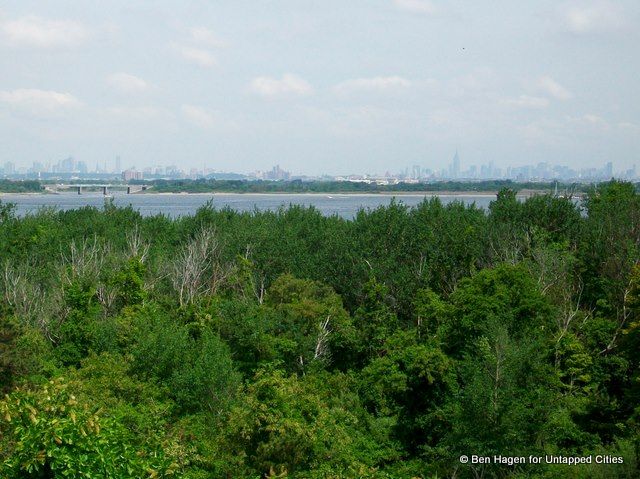
At the top of the wooden stairs at Fort Tilden is an observation deck above Battery Harris East, which avid ornithologists say is a good place to watch for hawks, ospreys and other birds classified as “raptors.” The New York City Audubon Society lists the fall migration as being a productive time to see these birds. About 300 feet east of the observation deck is Fisherman’s Parking Lot, another location at the park for optimal bird watching.
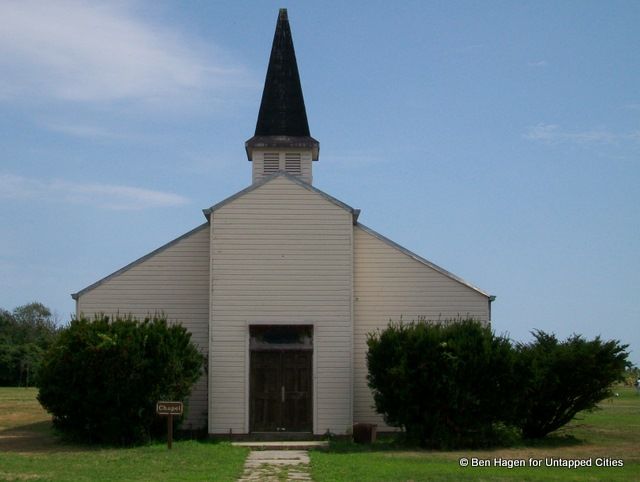
In 2014, to celebrate the reopening of Fort Tilden following Superstorm Sandy, the Jamaica Bay-Rockaway Parks Conservancy sponsored a free art show called “Rockaway!” in an abandoned chapel. The purpose of the show was to show the “ongoing recovery of the Rockaway Peninsula.” The show was created by Klaus Biesenbach, the director of MoMA PS1, and featured the works of Patti Smith, Adrián Villar Rojas and Janet Cardiff. The chapel still stands today, and remains architecturally intact.
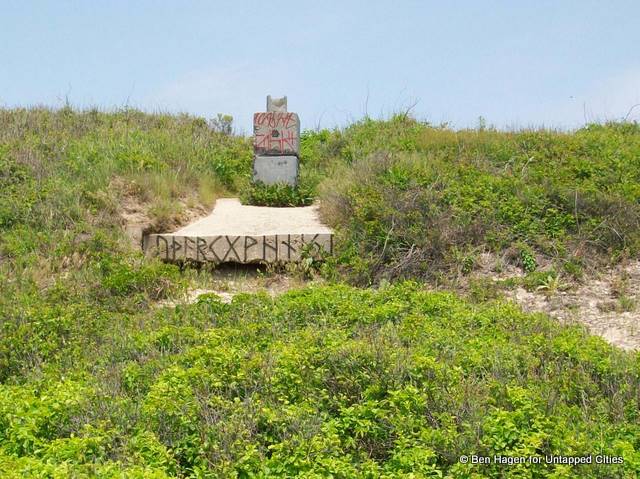
In an area closer to the beach, there are two smaller silos, Battery Kessler and Battery 220 that are now buried under dunes. Both batteries are made of reinforced concrete. Battery Kessler, originally known as West Battery, was built in 1917 and carried two 6 inch M1900 guns mounted on concrete gun blocks. The guns were actually sent to France in 1917 and returned to Fort Tilden in 1919. Battery 220 was built in 1941 and carried two 6 inch M1903-A2 rapid fire guns. Both sets were medium-range, rapid fire guns that could reach a distance of 15 miles.
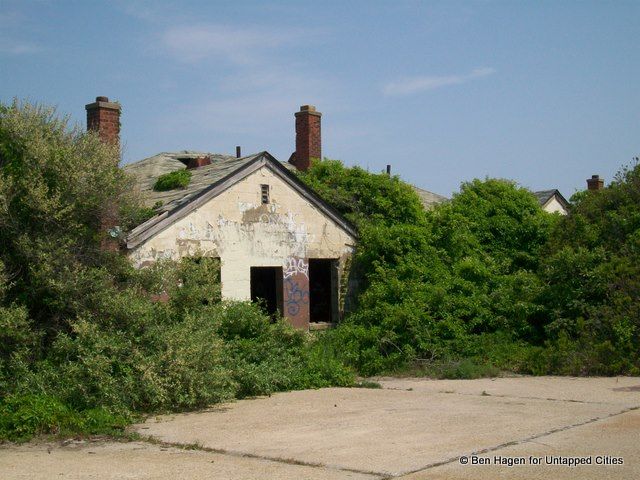
After World War II, it was unclear whether coastal forts would be needed for defense in war times, including Fort Tilden and other coastal forts. In between World War II and the Cold War, Fort Tilden was home to a number of war veterans and their families. Beginning in 1946, 46 of the fort’s barracks were transformed by the State into 350 apartments for the veterans. By 1951, 281 families were living in these apartments, but they were forced to evacuate and were sent off to Korea for the Cold War effort soon after.
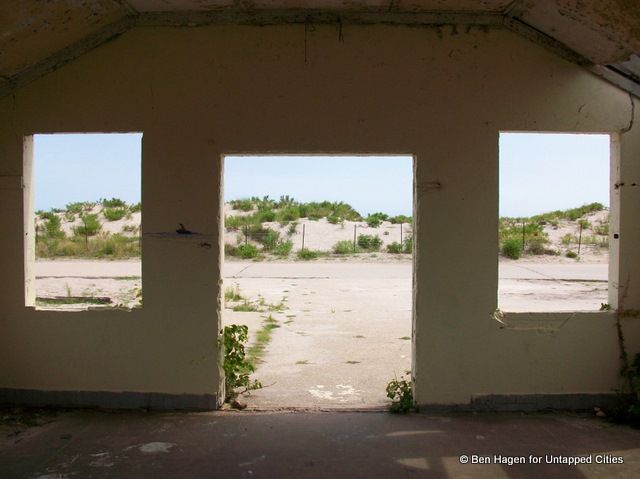
In 1974, Fort Tilden was officially deactivated. In 1984, it was named a historic district by the National Register of Historic Places. The fort is one of 101 locations and landmarks in Queens County to be granted this distinction. Fort Tilden was nominated in June of 1983 and its status was approved ten months later in April 1984. Included in the historic district are military installations like Battery Harris and numerous abandoned buildings.
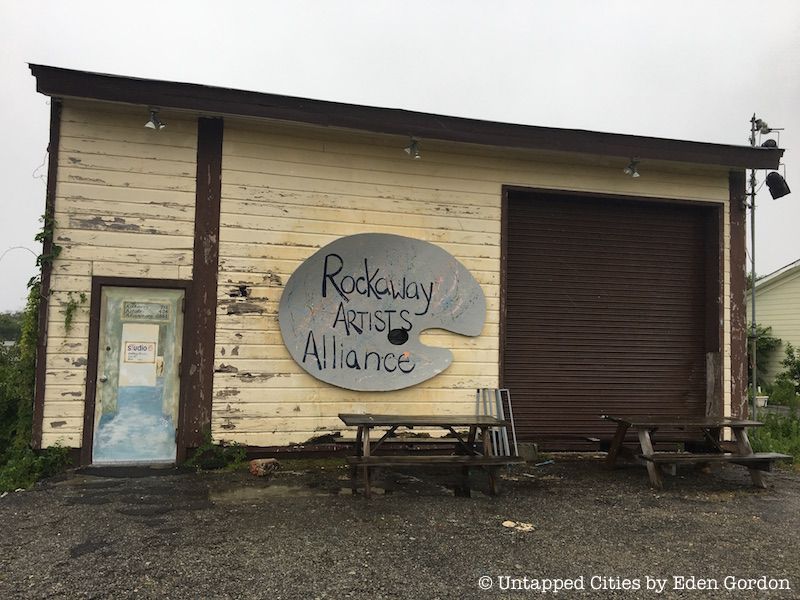
During World War I and World War II, Fort Tilden was created for the purpose of protecting the entrance of the New York Harbor from land and sea attacks. Now, it is used as an arts hub, with non-profit organizations like the Rockaway Artists Alliance and the Rockaway Theater Company that use the old military buildings for performances and art exhibitions.
Read about 18 of NYC’s Former Military Forts. Follow the author @jen_bagcal.
Subscribe to our newsletter